Bokashi is a Japanese term that translates to “fermented organic matter.”This is a method of composting that is widely used because of its convenience, efficiency, and benefits. Bokashi composting is an anaerobic process that relies on inoculated bran to ferment kitchen waste, including meat and dairy, into a safe soil builder and nutrient-rich tea for your plants. Developed in the early 80s by Dr. Teuro Higa, a professor at the University of Ryukyus, Okinawa, Japan, this involves layering kitchen scraps with a Bokashi inoculate in a special bucket, which consists wheat germ, bran, or sawdust combined with molasses and effective microorganisms. Fermentation is the main process in Bokashi as it is through this that are generated garden friendly microbes, yeast, and fungi. This composting process eliminates many of the challenges associated with ‘traditional’ composting.
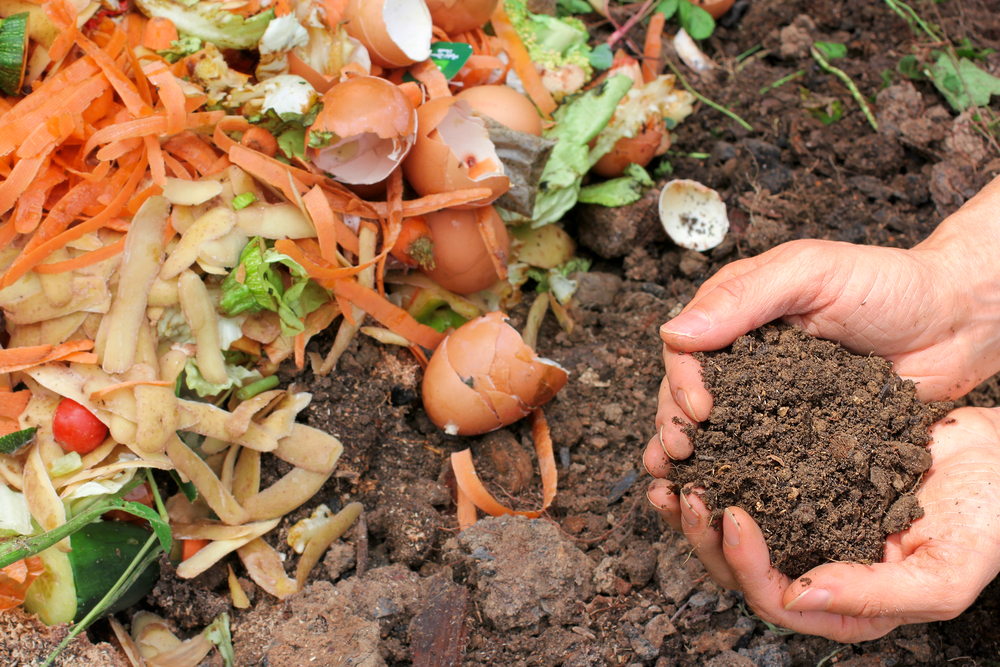
The majority of the process is completed conveniently right in one’s kitchen while traditional back-yard composting works on selected food scraps only. Bokashi compost works on all food scraps, be it cooked dairy, meat, grains, pasta, fruits, and veggies, all the lot. This is the reason for its popularity. This process takes around four to six weeks by using these four steps.
Step 1: Add
Simply add your food waste to the indoor kitchen composter.
You can put all food waste into your kitchen composter. Fruit, vegetables, cooked food, meat, dairy, grains and pasta are all fine; all food waste.
Step 2: Sprinkle
Next, sprinkle with a tablespoon or two of our premium Bokashi bran mixture. Repeat each day until your Bokashi bin is full. It will typically take around two weeks to fill your Bokashi composter. Once full, seal the lid, and let the bin sit for two weeks to complete the fermentation process.
Step 3: Bury
Your food scraps have now been transformed into microbe and nutrient-rich pre-compost and are ready to bury in your garden. You can bury your fermented food waste in your garden, compost pile, or potting containers.
Step 4: Grow
In two weeks the pre-compost will be transformed into the soil web, to the benefit of all plants and soil in the surrounding area. Plant roots will thrive on the newly added Bokashi microbes and food waste nutrients. You are then ready to grow your favorite flowers, fruits, and vegetables. Watch your garden flourish!
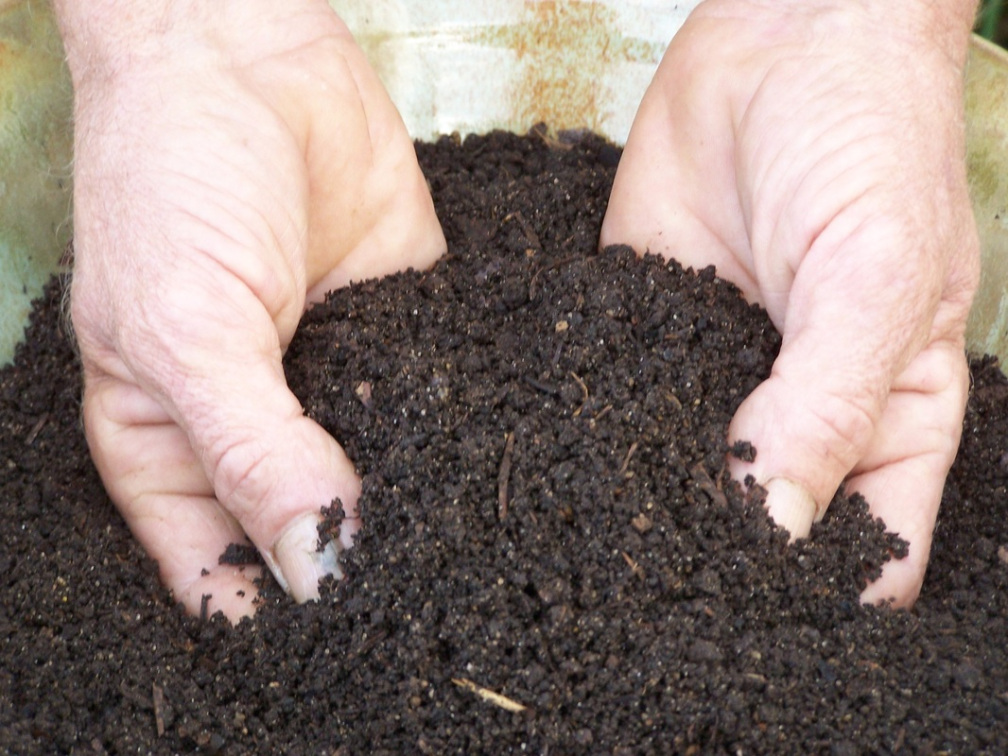
Well after these steps, here is what is okay to put in the bucket and what is not.
Okay to add in the bucket – Pizza, bread, cheese, yogurt, kefir, meat (cooked or raw), vegetables (cooked or raw), fruits, crackers, eggs and eggshells, shredded paper, used tea leaves and tea bags, coffee grounds, and cut flowers.
Not okay to add in the bucket – ‘Compostable’ plastics, glass, metal, excess liquid (soups, juices, water, milk, and more.)
Now, let’s have a look at the benefits of Bokashi composting:
- You can compost dairy products and meats
- No strong odors
- No nutrients lost
- No insects or rodents
- No turning necessary
- No need to worry about the amount of greens and browns
- Food scraps are filled with effective microbes
- Produces a nutrient that is rich for plants
- Can be done on a small scale, making it perfect for apartments
- Completed in two weeks maximum
- The word Bokashi is cool!
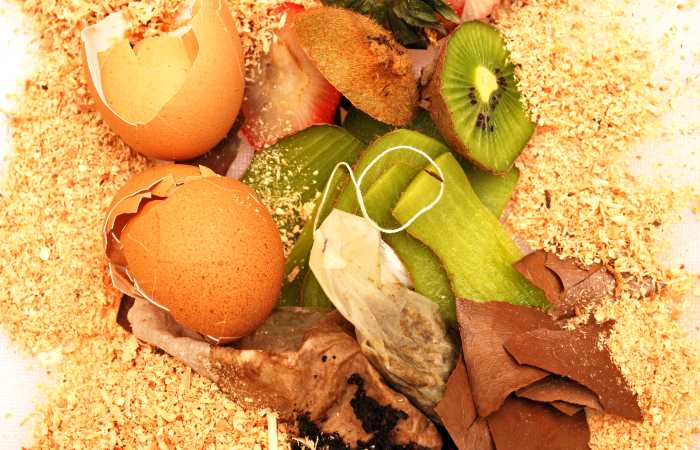
Nutritious Bokashi Tea
As fermentation progresses, excess liquid drains into the bottom of the pail, and you need to remove it. It is claimed that this tea is a great source of nutrients for your plants.
How nutritious is it? If it contained a lot of nitrogen, phosphorus, and potassium, you would expect that the companies selling these systems would brag about the high levels of nutrients in the tea. Not so. I could not find a single site that provided these numbers. Are they embarrassed about how low they are?
Some sites say that you can use it straight or dilute it 1:100. That is a huge red flag. A fertilizer that can be effective at full strength and a 100 dilution rate does not make sense.
Since the proponents of Bokashi don’t want to report nutrient values, we can look at a similar process for some clues. It is not the same thing, but there are several reports analyzing pickle juice. It contains 0.05% calcium, 0.14% potassium and 0.01% magnesium, indicating low levels of nutrients. After diluting it by 100, it is essentially water.
Let’s look at it logically. The nutrients come from two sources. The liquid in things like fruit contains some soluble nutrients. These might be extracted with the tea and drain to the bottom of the pail. On the other hand, Effective Microbes need nutrients to grow, so the EM will also consume any nutrients present before they drain to the bottom of the pail. In either case, the amount of such nutrients in food scraps is quite low.
The majority of nutrients in food scraps are contained in large molecules like protein, DNA, carbohydrates, fats, oils, etc. Since Bokashi does not break down the food scraps, these nutrients are still bound up in large molecules at the end of the Bokashi process. That is why an apple still looks like an apple at the end of the process. The nutrients will not get released until the future composting process is completed.
It seems fairly evident to me that the tea is going to have very low levels of nutrients. Until I see some analytical data that contradicts this point of view, I must conclude the tea is not much more nutritious to plants than water.
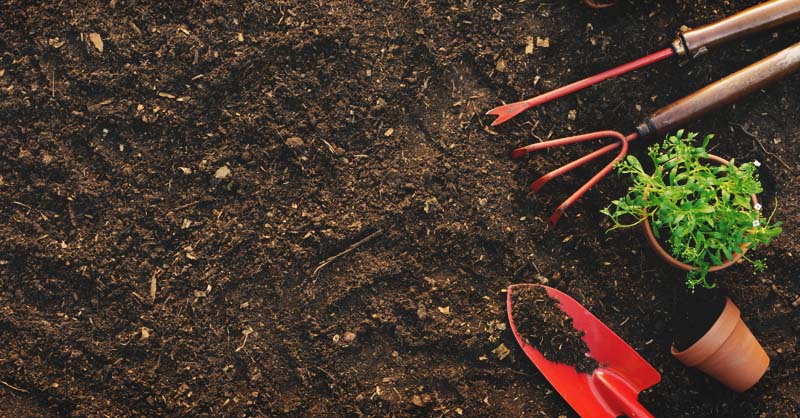
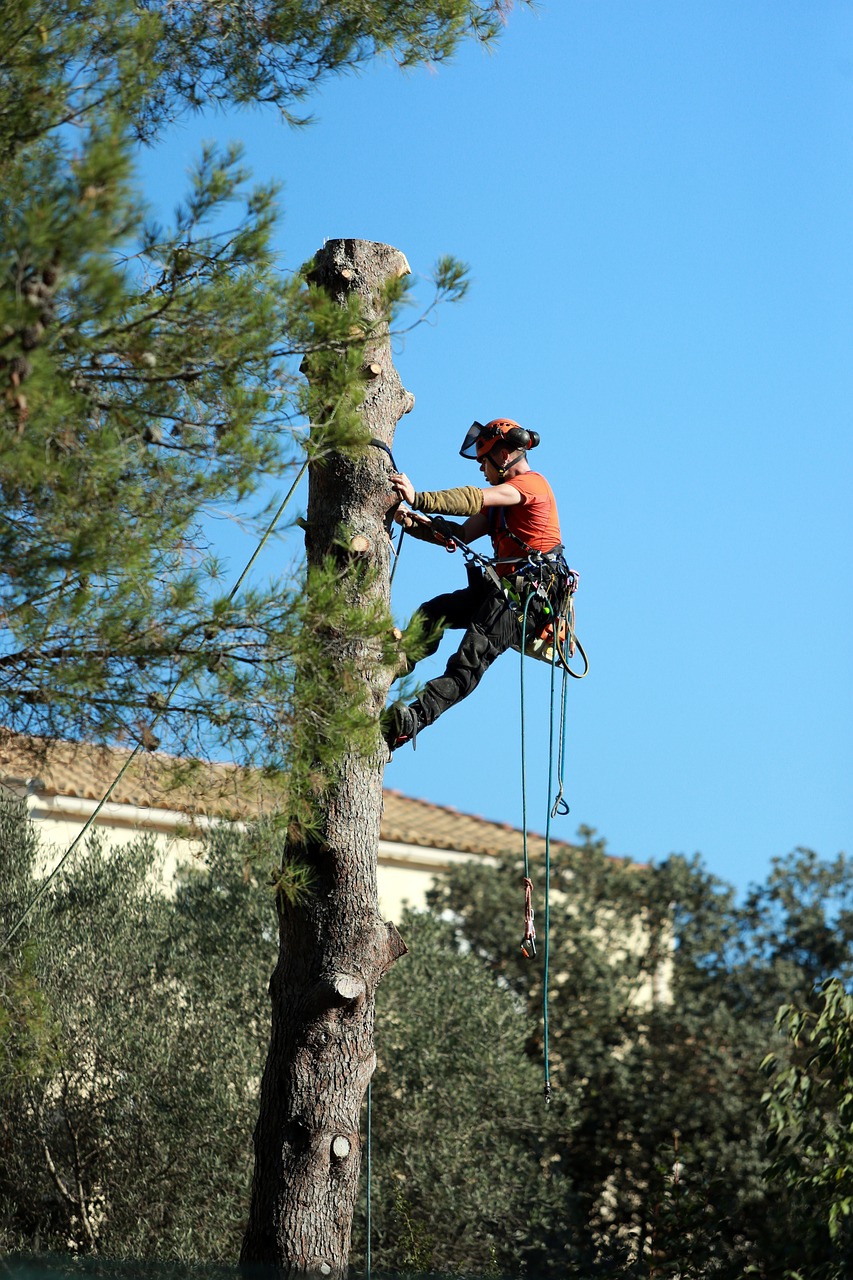
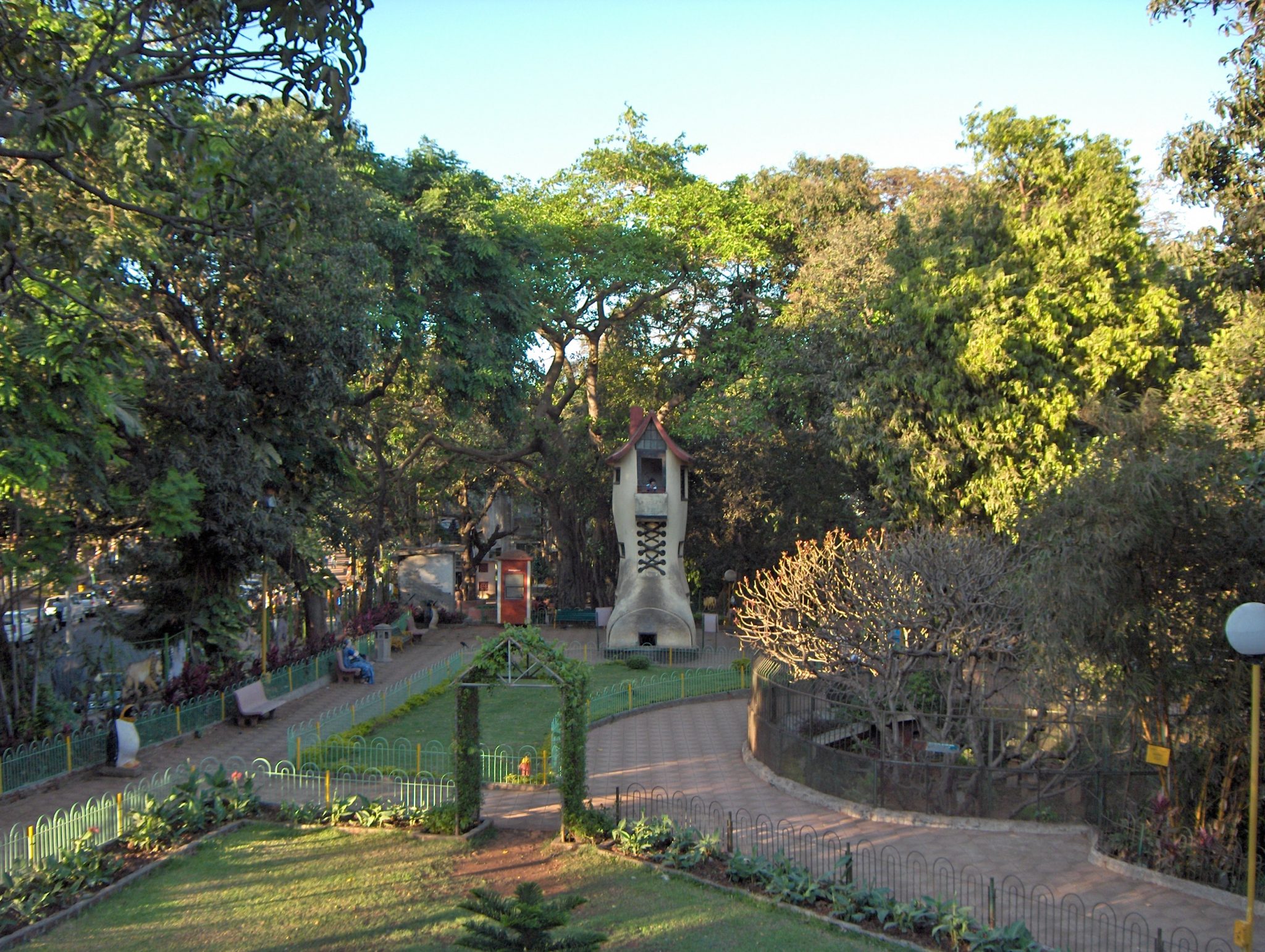
Thanks for the post on composting! I’m a big fan of organic gardening, and I think Bokashi is a great way to reduce your food waste.